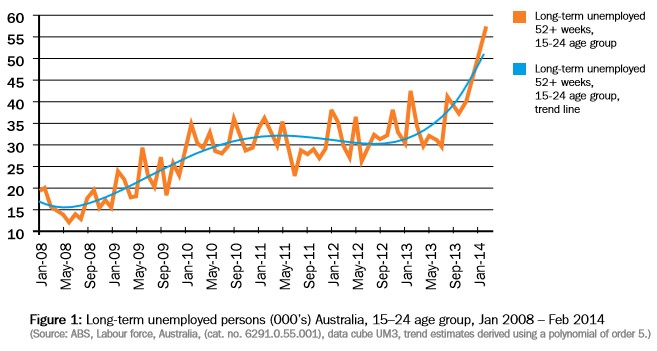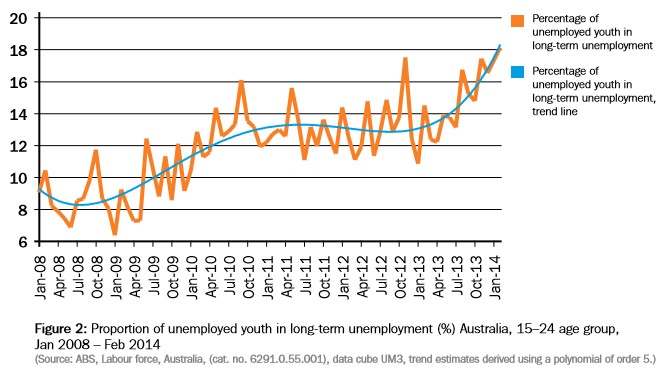
The AFR reported over the weekend that this week’s Federal Budget would include special incentive payments to employers that take on workers over the age of 50 who have been unemployed for six months or more:
…employers will be paid $250 a fortnight for six months if they take on somebody aged 50 or over who is unemployed… providing for a total payment of $3250 per employer…
The reluctance to employ mature workers is bordering on crisis. As of June 2013, there were 120,000 people aged over 50 who were out of work. The participation rate – which defines those either in work or looking for work – for people aged between 60 and 64 was 54 per cent. That is more than 10 percentage points lower than the national average of 65 per cent.
The budget measure will provide the incentive payments to employers who take on a mature-age worker who has been unemployed for six months or more and receiving the dole…
Discrimination against older workers is obviously a big issue and including such incentives in the Budget is a positive move.
That said, one wonders why older workers are being targeted for assistance when there is an equally large, if not greater, youth unemployment crisis?
As articulated by Business Spectator’s Callam Pickering last month:
The unemployment rate for 15 to 24 year olds has increased significantly since 2008, rising to around 12.5 per cent in February… Since 2008 the participation rate has declined by over 5 percentage points and it’s now at its lowest level since the series began in 1978. The rapid and sustained decline in youth participation since the global financial crisis is larger than during the early 1990s recession…
With the labour market for young Australians continuing to deteriorate, Australia is creating a generation of youth who will be less skilled and experienced than the generation that precedes it.
Further, as noted by former Treasury Secretary, Ken Henry, a few weeks back:
…average hours of work have been declining with an increase in part-time employment. In October 1992, one-third of those aged 15 to 24 who had a job worked part-time. Today, more than half of total employees aged 15 to 24 work part-time. Part-time work has also been increasing for those aged 25 to 64, but at a much slower rate.
That’s right, Australia’s youth unemployment rate has tripled since the Global Financial Crisis to 12.5%, causing 257,000 young Aussies between 15 to 24 years of age to be jobless. Of this number, 50,000 have been unemployed for more than 12 months, with the average length of time taken to gain a job rising to 29 weeks from only 16 weeks in 2008. More are also working part-time.
The below charts, from the Brotherhood of St Laurence’s latest report, On the Treadmill: Youth & Long-Term Unemployment in Australia, highlights dire the situation more clearly:


With these facts in mind, it is curious that the Abbott Government does not intend to extend its incentive payments to the long-term unemployed more generally (including both young and old), rather than focusing on just one cohort – the baby boomer generation.
One also wonders why the Government is seeking to relax 457 visa rules so that employers can hire an unlimited number of foreign workers under a temporary working visa, potentially opening the system to widespread rorting and depriving locals – particularly the young and less-skilled – of employment opportunities.
Surely, a consistent approach would treat all unemployed equally.

